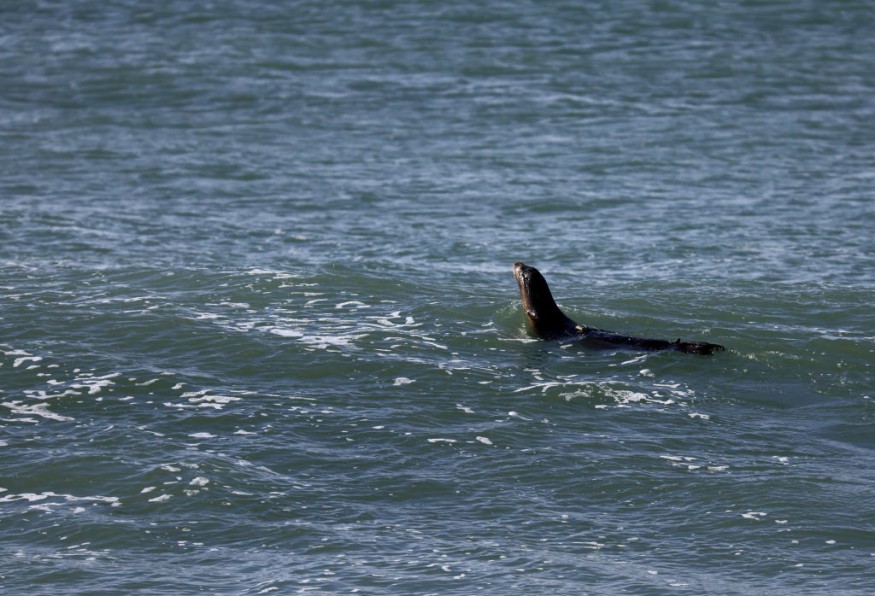
Researchers have already previously recognized that climate change has an impact on marine tides in a multitude of situations, however researchers despite this recognition failed to fully grasp precisely how well this link tends to occur.
Presently, current research aims to provide counter regiments to several of these problems.
Climate Change and Earth's Cool Down
In ScienceAlert previous news report, experts have examined relevant information from 293 locations spanning 66 million years, desperately searching for inadequacies in layers of the earth termed as extended breaks to determine the fluctuating intensity of longshore drift all over thousands and thousands of years and whether this links to heat transfer variations.
This gave a plethora of additional information collected further than 30 years approximately of space-based footage that studies have extensively employed to examine how tidal circulation behavior varies as the global planet warms.
According to the explanation given by the Australia's University of Sydney expert, Adriana Dutkiewicz to the media, the remote sensing technology statistics normally applied to feed marine simulations generally encompass just several periods, resulting in a poor grasp of relatively long aquatic fluctuation.
This such situation compelled researchers and experts alike to examine the profound fossil evidence in order to interpret such alteration. Furthermore, the researchers discovered that as the planet solidified throughout the previous 13 million years, the gaps in the sedimentary database were less common.
Such event indicates that circulation velocity in the bottom sections of the seas had also diminished generally. Ocean depths mobility appears to be significantly active during the 'hothouse climate' phase preceding the 13-million-year cooling-off epoch. Planetary weather conditions could probably stand 3°C up to 4°C, higher at this period than what they really are now.
Experts also claim that one does not even have to dwell on the bottom of the sea to be influenced by tidal circulation peaks and troughs. As these profound whirlpools have an impact with everything from significant atmospheric circulation to the dispersal of ocean animals.
In an interview geophysicist Dietmar Müller from the University of Sydney expound that a discontinuity in deposition suggests intense deep-sea magnetic fields, whereas continual deposit buildup suggests tranquil circumstances.
By integrating this relevant information with marine region restorations, experts were able to pinpoint where as well as when those certain sedimentary breaches happened.
Factors Influencing The Earth's Ocean Currents
When it concerns to calculating how anthropogenic climate change will affect the coastal waters throughout the upcoming years, the farther scientists understand concerning the history, the clearer the projections will therefore be. The sea havs indeed absorbed a significant quantity of surplus oxygen as well as energy.
Prior research has shown that during time points of environmental issues, the seas may capture so much organic matter, mostly through plankton that use soluble organic carbon to form their casings and afterwards float straight to the bottom of the sea following mortality, storing the absorbed carbon.
More so, what would be equally known is that if Earth's weather conditions persist to increase, there will undoubtedly be greater movement in the bottoms of the seas.
Proposed experiments would then also become necessary to determine how this will affect the state of equilibrium of daily existence as well as the environment, as per Advancing Earth and Space Science.
Quickly and smoothly ahead to present, self-sufficient remote sensing intelligence analyses show that large body of water motion as well as marine pressure waves have gotten increasingly powerful during the previous two to three decades of anthropogenic climate change, validating experts' research findings.
Related article : Rare Helium Gas Formed in the Aftermath of the Big Bang is Leaking out of Earth's Core
© 2025 NatureWorldNews.com All rights reserved. Do not reproduce without permission.





